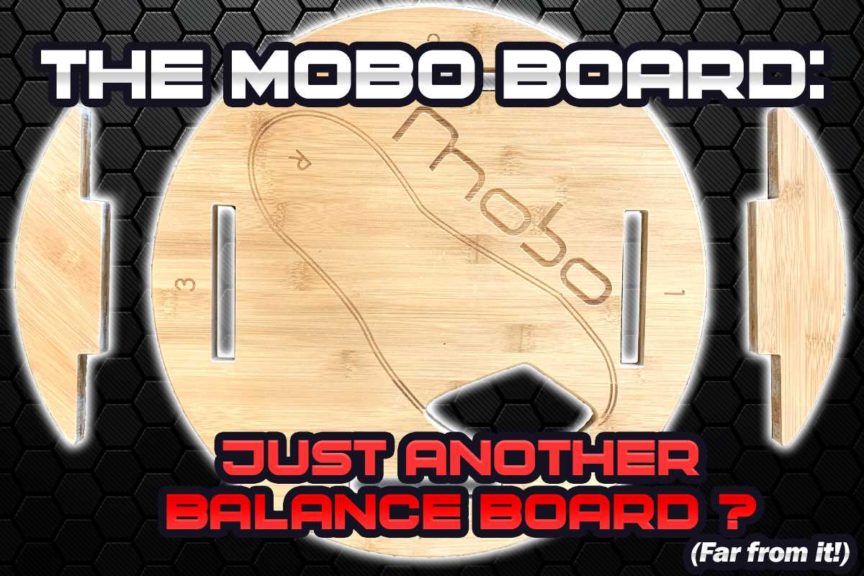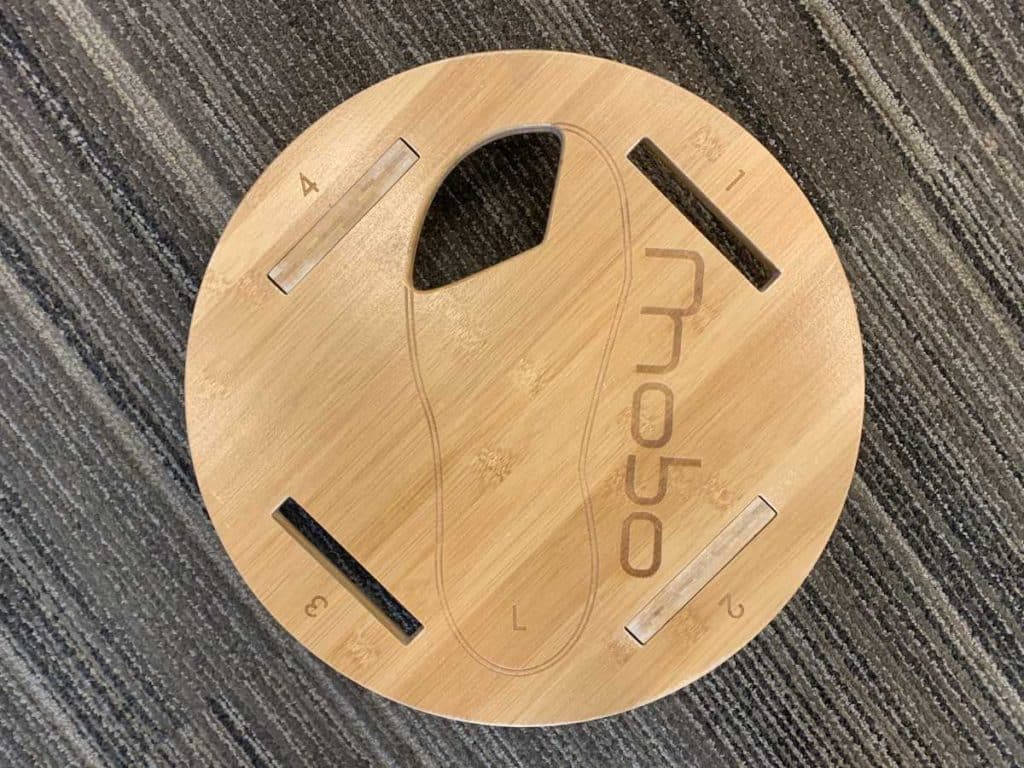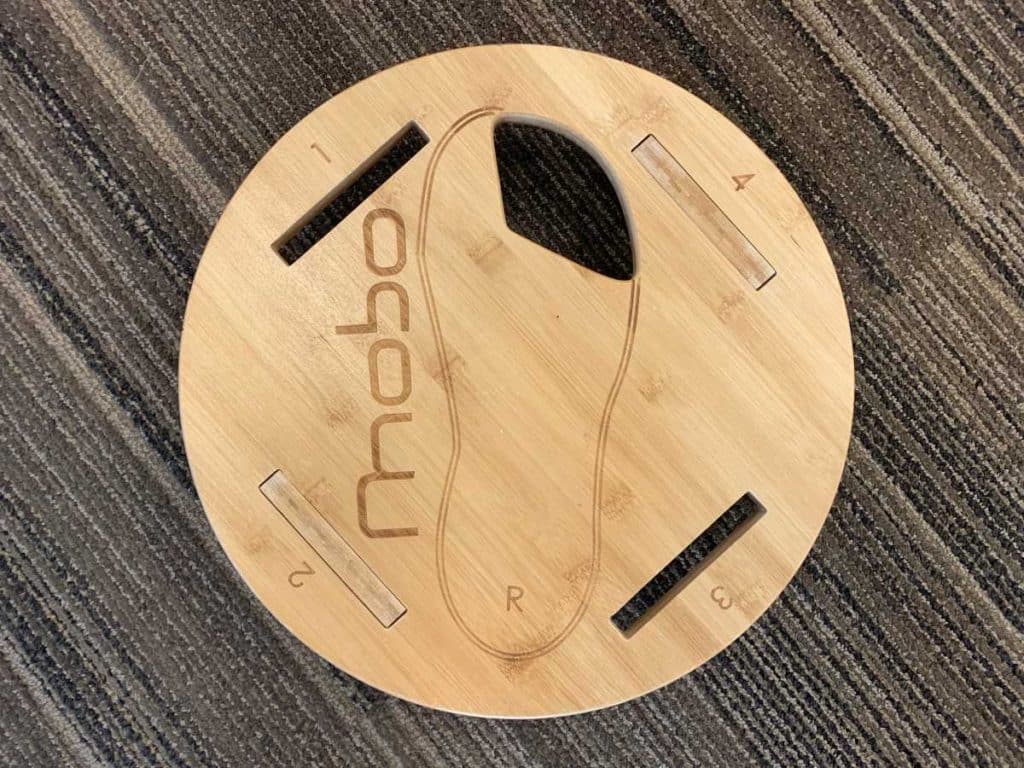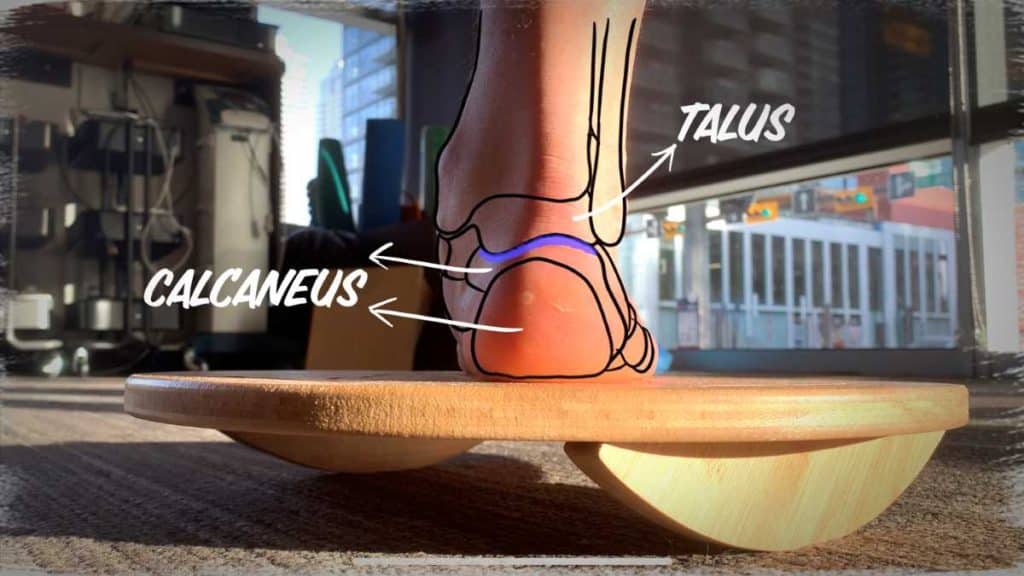If there’s one thing I need to constantly remind myself of, it’s to never judge a book by its cover. This was certainly the case a short while ago when I came across the MOBO board, a unique looking balance board that I had prematurely assumed to be “just another gimmick-type balance board on the market”. Ha, boy was I wrong.
The MOBO board is an exceptional piece of equipment to have since it offers incredibly unique ways to effectively strengthen the arches of the foot, mobilize key joints and improve stabilization through your big toe – a powerful combination of benefits not offered by traditional balance boards.
Having been playing around with this seemingly peculiar looking board for some time now, it should be clear that I’ve had my eyes opened as to what makes this board so unique, who can benefit from it and why it makes complete sense to incorporate this piece of equipment into your foot and ankle training arsenal.
If you want to read more of the specific details pertaining to the benefits of this board ,including what makes it so unique, who its best suited for and why it’s therefore worth getting, keep on reading!
To help you save time, you can use the article headlines below to instantly navigate to that section of the article. These are quick links, so simply click (or tap) on the following article headlines to jump to that particular section.
ARTICLE OVERVIEW:
- How the MOBO board is different from traditional balance boards
- Who can benefit from using the MOBO board
- Build quality & construction
- Why to MOBO board is worth getting
- Final thoughts
Related article: The Seven Best Ways to Massage Your Calf Muscles All By Yourself
How the MOBO board is different from traditional balance boards
Having a clear understanding as to what specifically makes the MOBO board so unique compared to traditional balance boards is really the cornerstone to understanding why it’s such a beneficial piece of equipment to use either on yourself or the patients whom you’re rehabbing. Without knowing the unique features, it simply appears as if it’s just some randomly designed board that you stand and balance on.
And this isn’t to say that traditional balance boards, or other specific boards such as the BAPS board aren’t beneficial, rather that the MOBO board can do some incredibly unique things that these other boards can’t. And trust me when I say that these incredibly unique things are extremely beneficial in the world of foot and ankle health, be it for injury prevention or injury rehabilitation.
So, let’s dive in and look at the specifics of how this board is different from other boards!
The board forces you to stabilize through your big toe
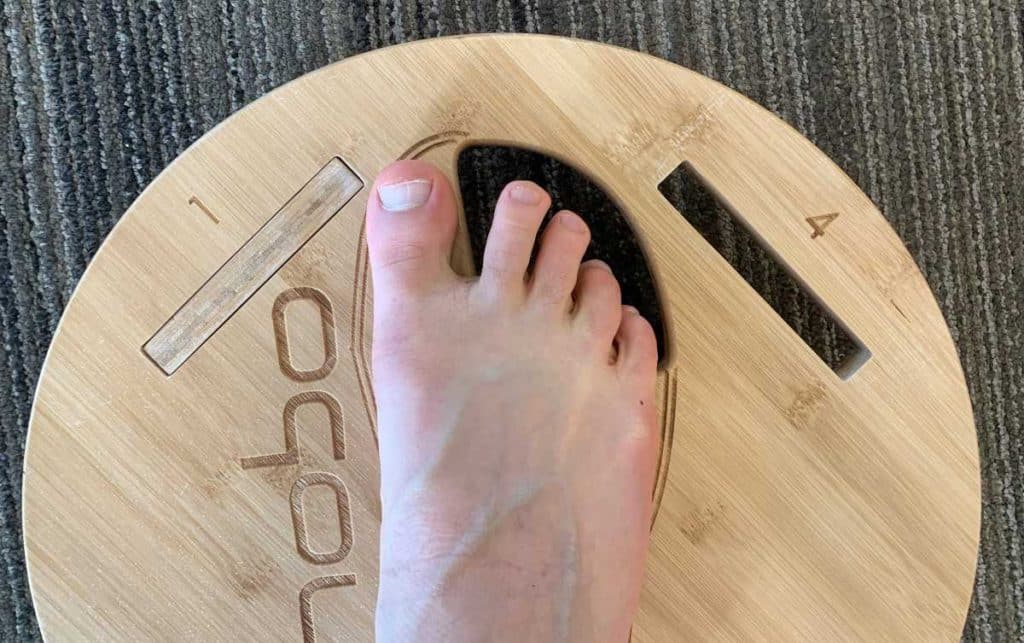
The first thing you will surely notice when looking at this board is that there’s a cutout area of the board and that it just so happens to be located where you would rest all four of your smaller toes, leaving only your big toe to make contact with the board.
With none of your small toes having a contact surface to rest on, the job is now largely up to the flexor tendons in your big toe to create the stability required for standing and maintaining balance on the board.
When balancing on the board, you’ll likely find your smaller toes reflexively flexing as if desperately looking for a surface to grip and grab onto in attempts to create further stability, which is what is expected to happen. And as this continues to happen, you’ll feel an increased demand or sense of effort running through the bottom of your big toe, which is due to the tendons and muscles of the big toe exerting more effort in order to create the rigidity and stability throughout the bottom of the foot in order to keep your balance.
In more concise terms: your toes won’t be able to “claw” the board in order to achieve or assist with stability.
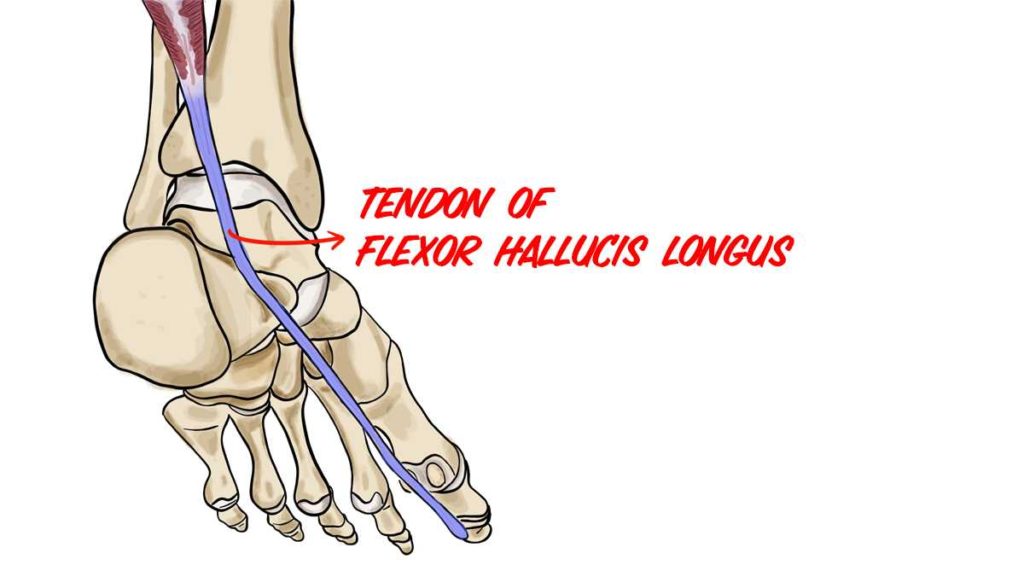
Forcing the resultant increased activation or demand of the big toe is ideal for individuals who require strengthening or rehabilitation of the flexor muscles and tendons of the big toe (primarily the flexor hallucis longus and flexor hallucis brevis tendons). In that regard, incorporating this board into the rehab of conditions such as Turf toe or tendinosis involving these aforementioned tendons can be a great therapeutic adjunct in recovery.
From a preventative standpoint, it’s a great way to ensure the health and strength of these muscles and tendons, especially for those who are prone to injuries of these structures, such as runners and various other athletes.
The board helps to stabilize and strengthen your inner longitudinal arch
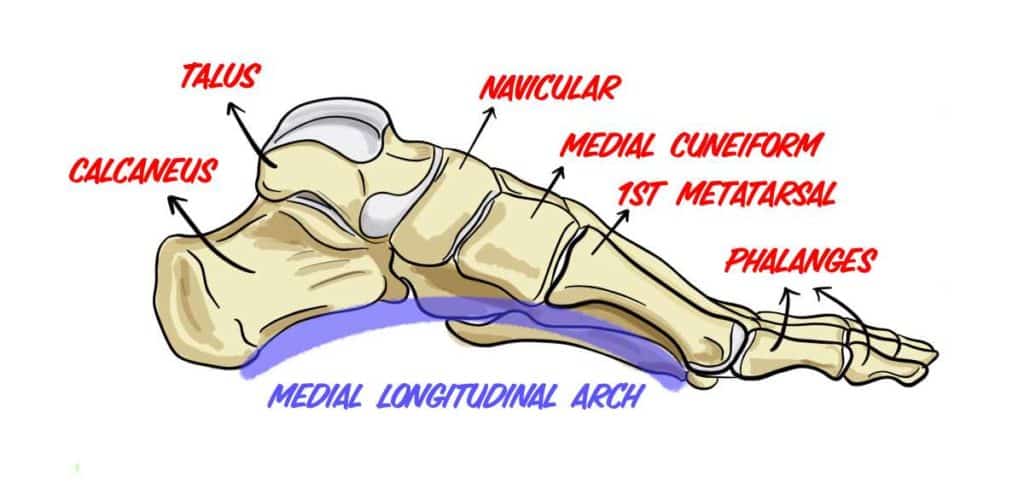
Closely related to the board’s ability to target and strengthen the muscles and tendons of the big toe is the board’s ability to strengthen the inside arch of your foot. This arch (known as the inner longitudinal arch or the medial arch) is incredibly important when it comes to a number of biomechanical functions of the foot (which are all far beyond the scope of this article).
But what’s perfectly within the scope of this article is how the MOBO board forces some of these structures (particularly multiple tendons) that help give support and rigidity to this arch to work more aggressively in order to create the arch stability of the foot. By Forcing these tendons (notably the tibialis posterior, tibialis anterior, peroneus longus and some intrinsic muscles of the foot) to work hard (thus, staying strong), rigidity and strength of the inner arch is maintained or improved.
When the inner arch collapses (resulting in a condition known as pes planus), or isn’t strong enough to meet the forces imposed upon it, pain and dysfunction of the foot can oftentimes result. But by working on maintaining or improving the strength of the tendons that help support the arch, pain and dysfunction of the foot can oftentimes be minimized or even reversed.
The board can be used to mobilize your subtalar joint in different planes of motion
The subtalar joint is the joint that connects the calcaneus (often called the heel bone) with the the bone right above it, known as the talus. This is a pretty unique joint in that it essentially has a few different planes of motion or axes of rotation for which it can move. While the joint doesn’t produce tons of movement, healthy & normal ankle mechanics do require it to produce small amounts of movement.
Regular balance boards can help to mobilize other joints of the foot and/or ankle, but traditionally they do very little (if anything – depending on the type of board) to mobilize the subtalar joint at all, at least in a targeted manner.
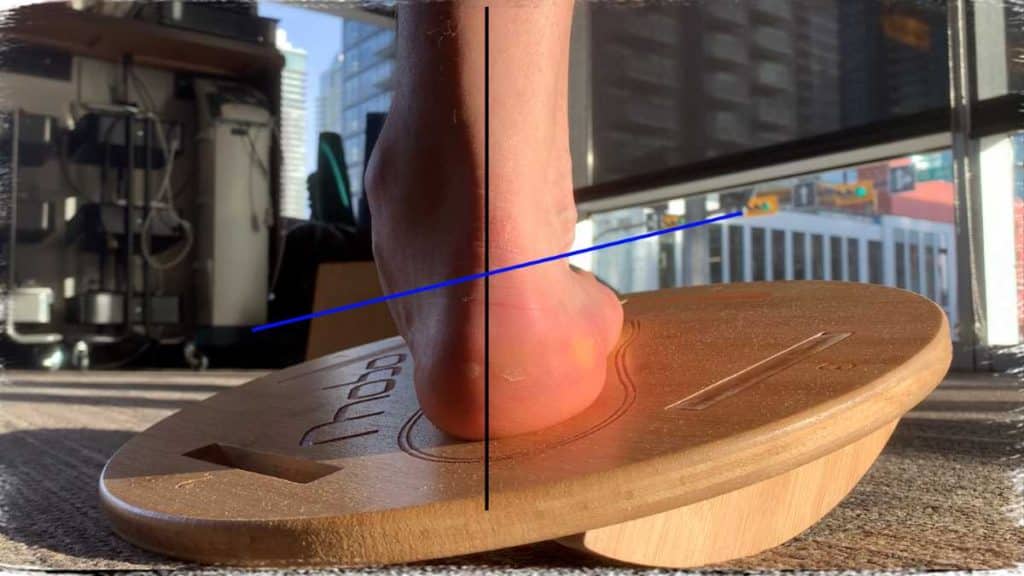
It can be a common occurrence for subtalar joint mobility to be hypomobile (meaning the joint doesn’t move enough). When this is the case, the entire mechanical operation and positioning of the foot changes when doing closed-chain activities (activities in which our feet are connected to the ground), such as walking and running.
If the joint is extra stiff (hypomobile), it can force other joints to move more or adapt to positions that are less than ideal. This in turn can also cause stress and strain on the muscles and tendons of the foot. All of this can lead to pain or discomfort, improper positioning of the foot and/or decreased efficiency and performance with activities. It can even affect our ability to balance on that particular foot to a certain extent.
Generally speaking, mobilizing this unique joint can be a bit tough to do on your own, however once you start using the MOBO board for these mobilizations, it’s actually fairly easy to do and oftentimes you can really feel which planes(s) of motion need more work than the others.
The beauty of the MOBO board when it comes to these joint mobilizations is that the board rocks back and forth at two different oblique angles based on how the foot pieces are set up. This is referred to as “evens” or “odds”, where having the rocking foot pieces set up in the even-numbered slots provides mobilizations in one plain of movement while having the rocking foot pieces set up in the odd-numbered slots forces the mobilization to occur in a different plane (since the board now rocks in a completely different plane).
It still offers the traditional ankle stability & strengthening offered by regular balance boards
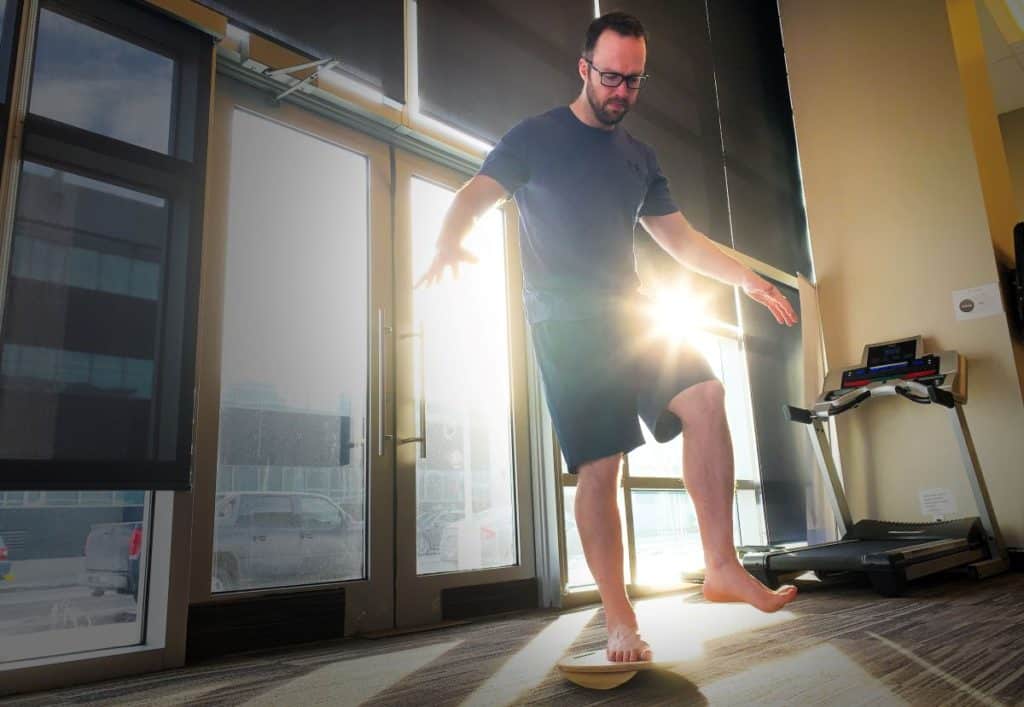
Balance board training is incredibly beneficial for overall foot and ankle health and for various aspects of foot and ankle rehabilitation. What makes the MOBO board really shine is that you still get all of the traditional benefits of balance board ankle training while simultaneously getting the aforementioned benefits listed in the previous sections.
Traditional balance board benefits include improved ankle proprioception (improving the brain’s ability to determine and interpret the positions that the ankle is in) along with generalized strengthening of muscles and tendons of the ankle and lower limb. These benefits are not unique to traditional balance boards, as practicing your balance on the MOBO board also induces the same training effects.
So long as you’re practicing balancing your body while standing on an unsteady platform, you’re challenging all of these aspects of foot and ankle stability, be it a soft surface, a traditional ankle board or the MOBO board. In this regard, all balance boards can greatly help with foot and ankle health, including the MOBO board.
Quick bonus tip:
An incredibly awesome, inexpensive and oftentimes undervalued piece of equipment for maintaining or improving foot and ankle health is a balance pad. Balance pads are awesome since they provide a comfortable yet unstable surface to stand on. They can be incorporated into hundreds of exercises for feet, ankles and nearly any other body part.
I don’t have a brand preference, though I currently use an Airex pad. Just get a generic pad and save your money – you likely won’t notice the difference when compared to the more well-known brands, such as Airex. I’d personally spring for this Node Fitness Premium Exercise Pad (link takes you to Amazon). It costs about half as much as what I paid for mine.
Please note: Any purchases you make through the affiliate links within this article come at no extra cost to you. I use these very small commissions from Amazon to offset the expenses I incur with hosting and maintaining this website.
Who can benefit from using the MOBO board
The MOBO board is great for those who are looking to prevent ankle and foot injuries as well as for those who are trying to recover from and rehabilitate various ankle and foot injuries. In this regard, it’s a great functional tool to have whether you’re someone who enjoys looking after yourself or you’re a healthcare clinician looking to keep others healthy and recover from injuries. Fitness enthusiasts and clinicians alike can both benefit equally from having access to this board.
How healthy populations can benefit from the board
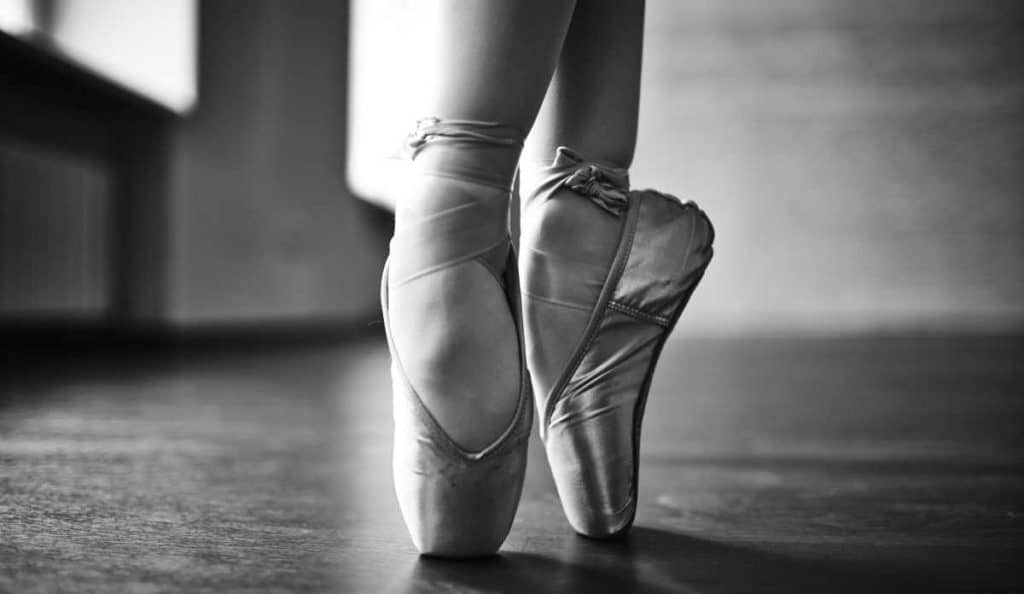
Prevention is better than any cure and oftentimes the best ways to prevent injuries from occurring to a body part are to ensure that it has the ideal amount of strength, stability and mobility. When each of these three requirements exist in the ideal overall blend or ratio, the result is a healthy and robust body part.
The MOBO board really attacks all three of these factors for many of the key joints, tendons and muscles in the foot in ankle that are all responsible for contributing to its overall health. Yes, there are plenty of other ways to work on and address these factors, but being able to address them all at the same time while also improving ankle proprioception, hip strength (since you’re balancing on one leg) and overall movement control is a pretty solid selling point.
The MOBO board is not going to replace all other forms of foot and ankle prehab or training equipment, but it’s not intended to; it’s intended to help maintain and improve key areas of foot and ankle health in a practical, functional and efficient manner, and it certainly does just that.
How injured populations can benefit from the board
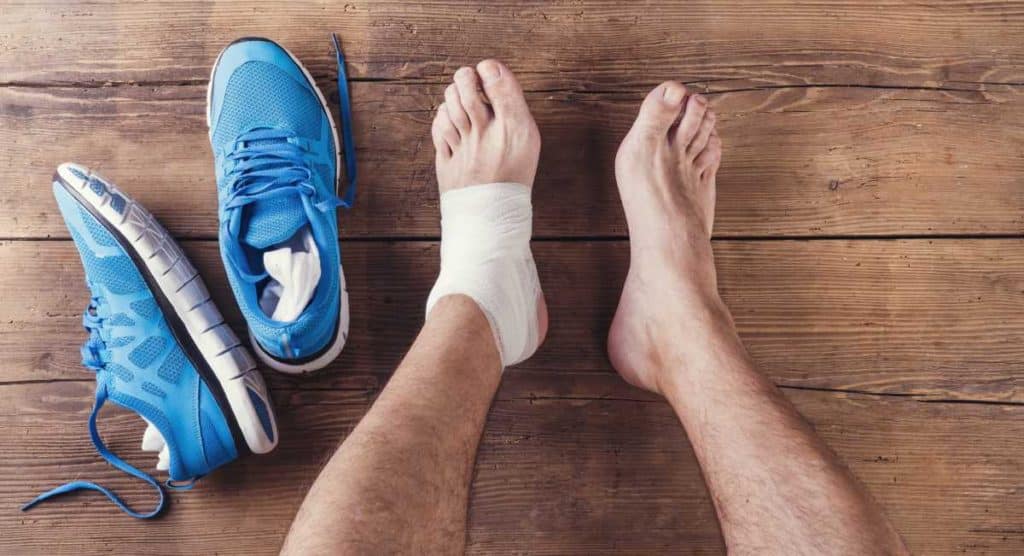
There are a million different ways in which the ankle can be injured, and there are numerous bones, joints, muscles and tendons that can be affected or impaired as a result. Regardless of the type of injury or which structures of the foot and/or ankle take the biggest beating, getting the ankle healthy again and functioning optimally requires optimizing foot and ankle strength, enhancing proprioception and ensuring adequate ranges of motion.
The MOBO board tackles a lot of these factors all at once for those whose injury and stage of rehab are appropriate for its use. Again, it’s not meant to be the only tool in your foot/ankle rehab arsenal, but rather a tool that can do some pretty unique things while simultaneously addressing other important factors all at the same time.
Clinicians (or individuals with previous foot and/or ankle injuries) who are interested in providing aspects of ankle rehabilitation that are functional, efficient and unique to key joints and structures of the foot and ankle will likely find this to be a great piece of equipment to have on hand.
Build quality & construction
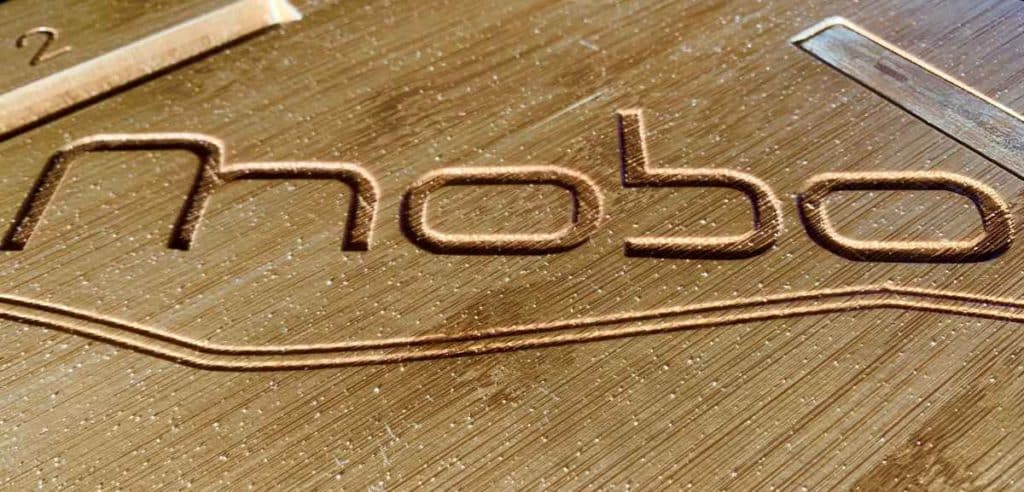
A quick note as to the overall build and design of the MOBO board: like many other balance boards out there, the main stance board and its rocker feet are made of wood. I always find wood to be a mixed bag when it comes to these things; on one hand, the color and grain gives the board a nice & distinct look, but on the other hand I do find myself wondering how well it will hold up over the years with hundreds of patients of mine stepping on it.
And since it’s used with bare feet, it’s a wise idea to frequently clean it off/disinfect it if it’s being used in a clinic by multiple patients/individuals. While surface disinfectant solutions often used in clinics aren’t necessarily harsh or abrasive, I’m not sure what sort of effect repeatedly wiping off the board will have on the appearance or overall health of the wood as time goes on.
Sure, it’s not overly expensive and likely won’t owe me a penny by the time I need to get a new one, but it’d be nice to look at this thing and feel like I’ll likely never have to buy another one again. And perhaps I won’t. But I just sometimes wonder when it comes to wood.
Nonetheless, it’s not a big deal, and I do like the overall look and feel of this thing. I suppose that it would likely cost even more if it were to be built out of different material. If that’s the case, then I certainly appreciate MOBO being able to save me a few extra dollars.
Why the MOBO board is worth getting
The MOBO board just makes sense to have in your equipment arsenal; it’s relatively inexpensive, takes up virtually no floor space, provides efficient and unique forms of foot and ankle training and will likely last for quite some time if treated even with a half-decent amount of respect. Combine all of that with the fact that it can be used for injury prevention or injury rehabilitation and it really just makes too much sense not to have on hand for when it’s needed.
If it were incredibly expensive, large or bulky, offered limited functionality, limited application, versatility or were overly complex to use, it could then easily and rightfully be dismissed from serious consideration when purchasing. However, since it’s the exact opposite of all of those things, it’s quite worthy of purchase. That and it does some unique things that other balance boards can’t do, or at least can’t do very well.
Final thoughts
Every tool and piece of equipment has a time and a place. The MOBO board is a pretty strong example of this, where there are plenty of times where more traditional, standard approaches to foot and ankle health will suffice, while there will be other times where the MOBO is going to shine like crazy. And since the MOBO can largely offer the same traditional benefits that standard balance boards can in addition to offering it’s own unique benefits, I feel it’d be silly not to have one of these close by.
I feel bad for having prematurely judged this little guy. I guess we all need a good reminder every now and then not to judge a book by its cover.

Hi! I’m Jim Wittstrom, PT, DPT, CSCS, Pn1.
I am a physical therapist who is passionate about all things pertaining to strength & conditioning, human movement, injury prevention and rehabilitation. I created StrengthResurgence.com in order to help others become stronger and healthier. I also love helping aspiring students and therapists fulfill their dreams of becoming successful in school and within their clinical PT practice. Thanks for checking out my site!

